After liberation, when the war to protect the southwestern border ended, facing many difficulties, the Provincial Party Committee had creative policies, suitable for the interests of the people, such as: Adjusting the policy of "buying high, selling high" to "buying right, selling right"; returning land to farmers' households, turning farmers' households into basic production households, creating an important turning point for agricultural development. An Giang, from a land of much wasteland and hunger, quickly recovered and developed; farmers had bountiful harvests, and their lives improved significantly.
On the basis of closely following reality and respecting objective laws, the Party Committee and the provincial government have identified agriculture as the foundation and the leading front; farmers are the subject of the innovation process, and rural areas are the strategic area. Practice has proven that the Central Government's "three rural policies" implemented by An Giang have synchronously and effectively resolved issues related to agriculture, farmers, and rural areas, meeting the legitimate needs and aspirations of the people, especially farmers.
Fruit and vegetable products of An Giang Fruit and Vegetable Food Joint Stock Company (Antesco) are exported to more than 40 countries and across 5 continents.
Notable are a number of innovative and breakthrough policies, such as: Promoting investment in irrigation, converting from one-crop rice crop to two-crop rice crop/year, three-crop rice crop/year; eliminating "river blocking and market banning" stations; program to exploit the Long Xuyen quadrangle; agricultural promotion, rural development, industrial promotion, exploiting benefits from flood drainage projects to the West Sea; building flood-proof residential clusters and routes; developing high-tech agriculture; "Large Field" model... From a province facing food shortage, in 1988, An Giang's rice output exceeded 1 million tons, now reaching over 4 million tons, exporting an average of about 1.5 million tons of rice each year.
In particular, after more than 10 years of implementing Resolution 09-NQ/TU on developing high-tech agriculture in the period of 2012 - 2020 and vision to 2030, An Giang has seen more and more effective models appear. In addition to rice production and aquaculture, in recent years, the province has implemented many policies to encourage the development of specialized fruit trees and vegetables with high economic value and efficiency. Large-scale, specialized fruit, vegetable and sticky rice production areas are associated with linkages and consumption according to the agricultural value chain, ensuring quality and market demand. At the same time, focusing on implementing the tourism infrastructure development program; prioritizing investment in the transportation system connecting tourist areas and spots; Invite many investors to Sam Mountain Tourist Area, Cam Mountain, Tra Su Melaleuca Forest, Con En - Tan Long..., diversify tourism products, increase the number of tourists and service revenue.
With persistent efforts, flexibility, proactiveness, and creativity in applying the Party's guidelines and policies, the State's laws, daring to think, daring to do, daring to take responsibility, the Party Committee, government, and people of An Giang have achieved great achievements. In the period 2000 - 2020, the economic growth rate maintained an average of 7.3%/year, higher than the national average (6.4%/year). GRDP per capita increased from 0.65 million VND/year (1990) to 15.8 million VND/year (2010) and 48.9 million VND/year (2021); the poverty rate decreased from 7.84% (2011) to 1.93% (2020)...
An Giang rice output reaches over 4 million tons
Standing Deputy Secretary of the Provincial Party Committee, Chairman of the An Giang Provincial People's Council Le Van Nung emphasized: “The outstanding achievements over 40 years of renovation in An Giang are dynamism and good initiatives. At the same time, knowing how to creatively apply the policies of the Party and State to the actual conditions of the locality. From a province facing food shortage, it has now become the leading province in the country in terms of food output. The economic structure has shifted in a positive direction, gradually reducing the proportion of the agricultural sector and increasing the proportion of the service sector. The appearance of the countryside has constantly improved, infrastructure has received investment attention. The material and spiritual life of the people has constantly improved; social security and poverty reduction have achieved many outstanding results”.
In 2024 alone, the province's economic growth rate will reach 7.16%, higher than the national average; total export turnover is estimated at over 1.2 billion USD; average income per capita is estimated at 66.24 million VND/year; total social development investment capital will reach 47,890 billion VND, an increase of 21.9%. The whole province has 76/110 communes recognized as meeting new rural standards (34 advanced new rural communes, 2 model new rural communes), 3 district-level units have completed the task of building new rural areas (1 district meeting advanced new rural district standards). Rice has been exported to 60 markets around the world; seafood has achieved export turnover of 69,000 tons, equivalent to 332 million USD, to 71 countries, 2 ASEAN regions and Europe; the province's vegetables and fruits exported over 147,000 tons, equivalent to 74 million USD...
“After nearly 40 years of implementing the renovation policy, An Giang has achieved great and historic achievements, becoming a province in the key economic region of the Mekong Delta, a key agricultural center with two main products: rice and tra fish, contributing significantly to ensuring food security and export of the whole country” - Member of the Party Central Committee, Secretary of An Giang Provincial Party Committee Le Hong Quang emphasized.
HANH CHAU
Source: https://baoangiang.com.vn/kinh-te-an-giang-sau-50-nam-vuon-minh-a419999.html


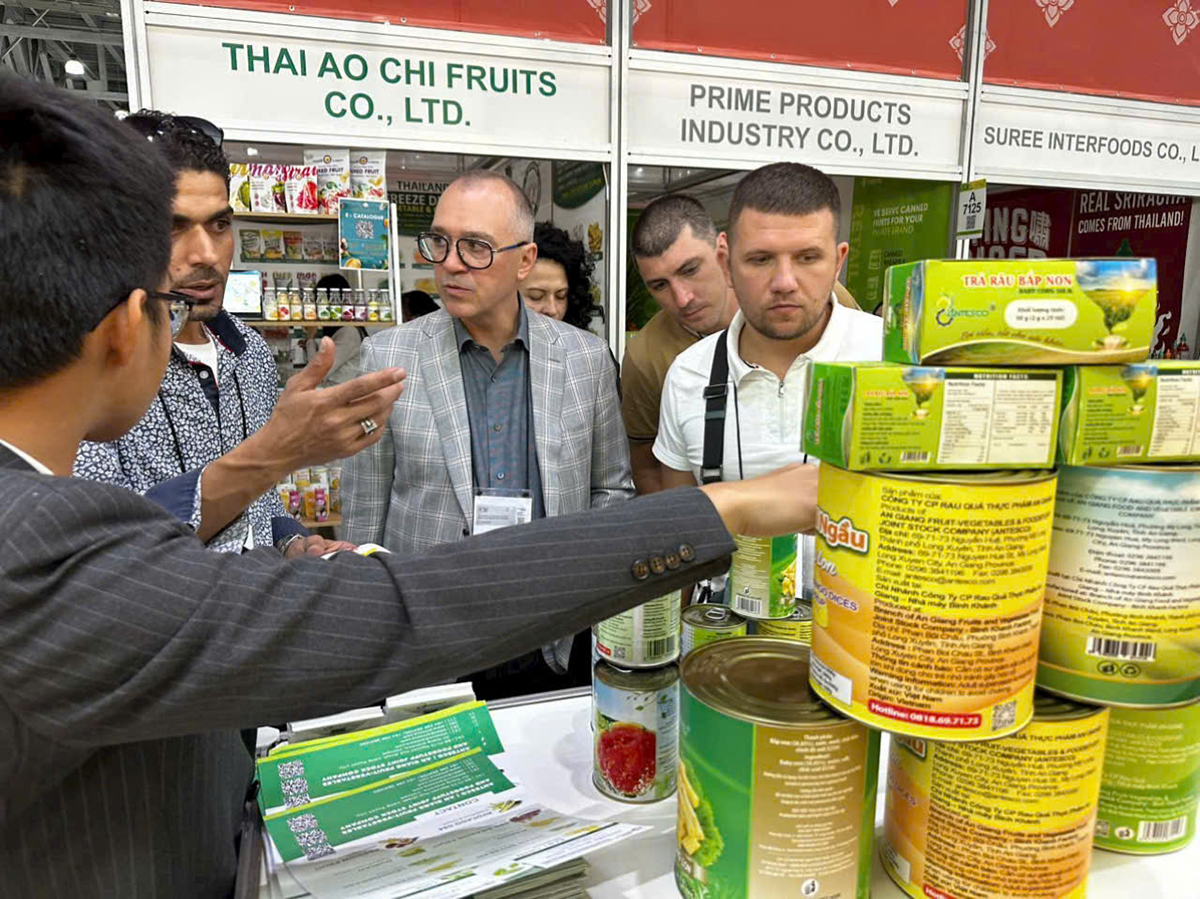
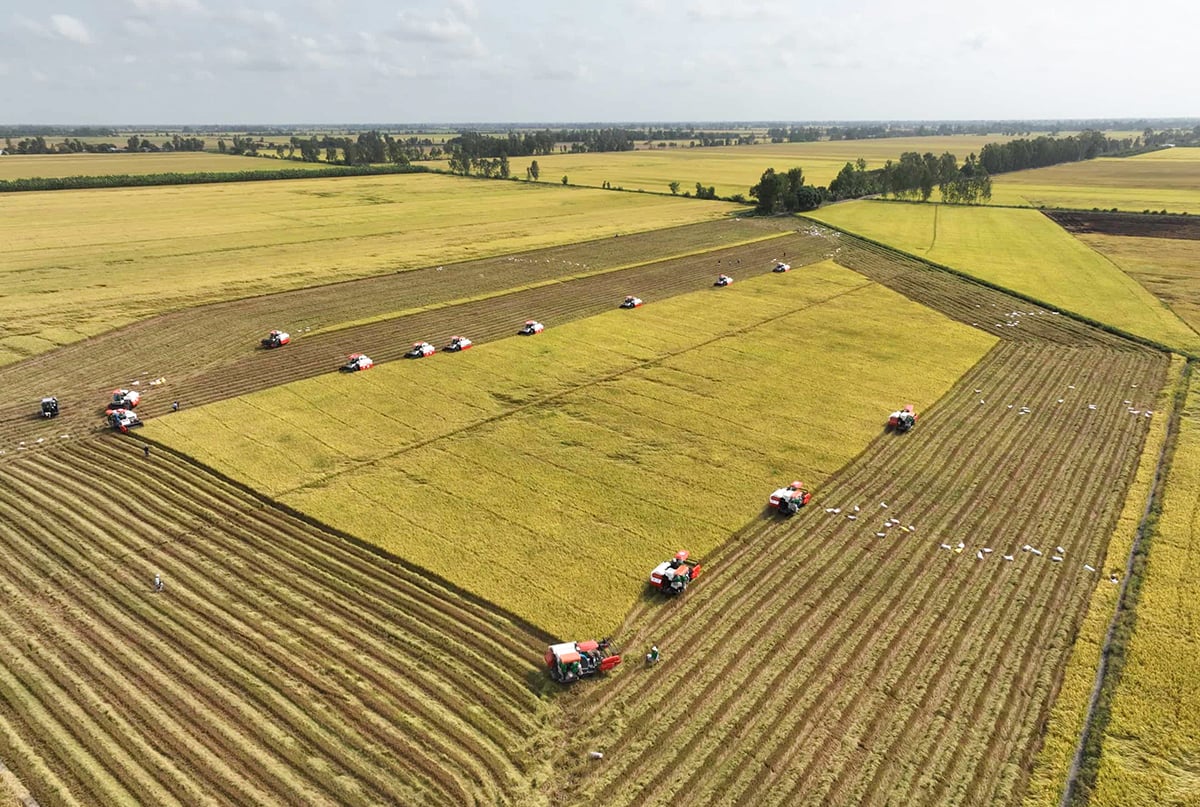


![[Photo] Pink ball and table tennis](https://vphoto.vietnam.vn/thumb/1200x675/vietnam/resource/IMAGE/2025/5/26/d9f770bdfda243eca9806ea3d42ab69b)





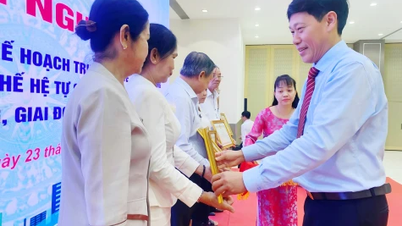

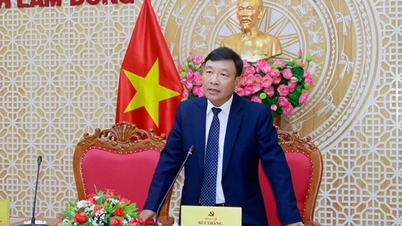

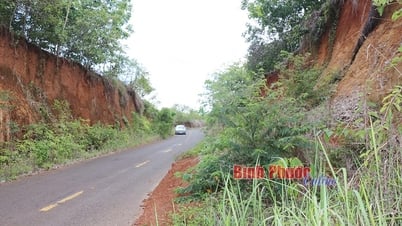

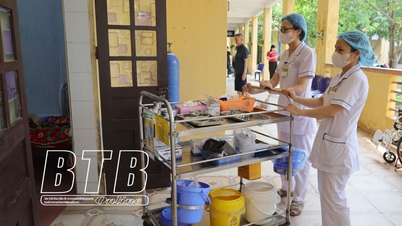

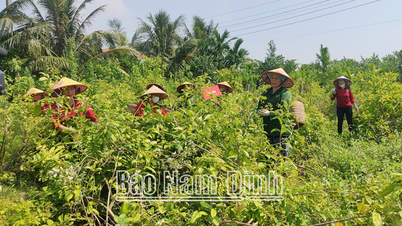





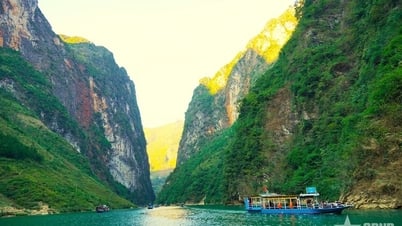
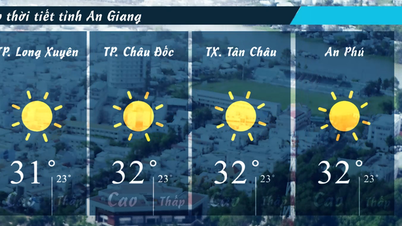
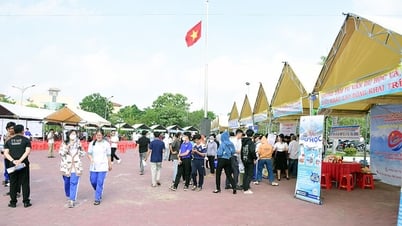
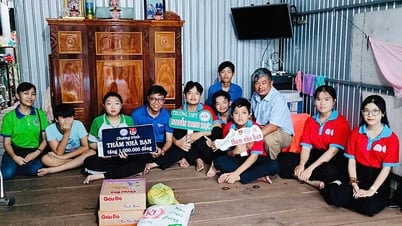
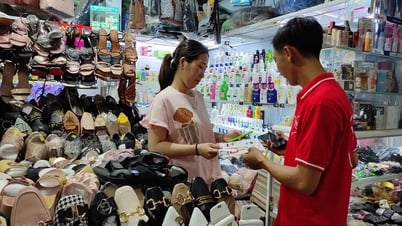
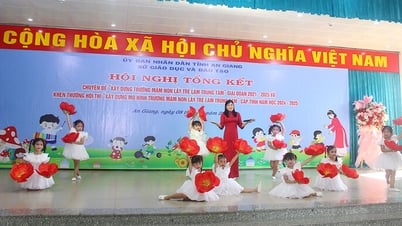
![[Photo] Ea Yieng commune settlement project abandoned](https://vphoto.vietnam.vn/thumb/1200x675/vietnam/resource/IMAGE/2025/5/25/57a8177361c24ee9885b5de1b9990b0e)
![[Photo] French President Emmanuel Macron and his wife begin state visit to Vietnam](https://vphoto.vietnam.vn/thumb/1200x675/vietnam/resource/IMAGE/2025/5/25/03b59c7613144a35ba0f241ded642a59)
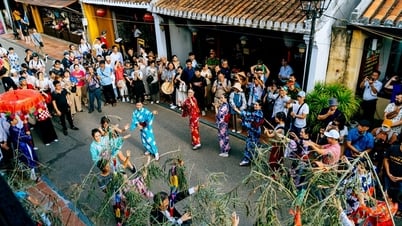





















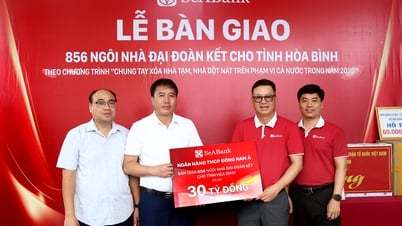







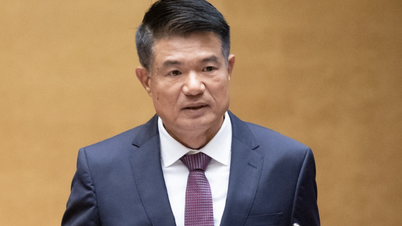
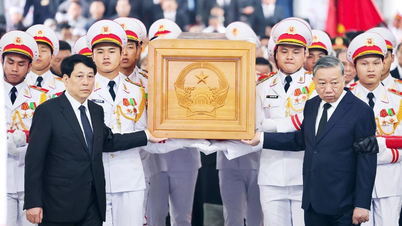


![[Infographic] Vietnam-France Comprehensive Strategic Partnership](https://vphoto.vietnam.vn/thumb/402x226/vietnam/resource/IMAGE/2025/5/26/986f63068ea9413dbbb558ee6c6944f3)


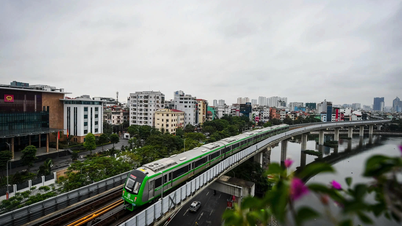











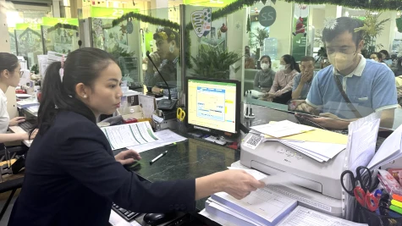
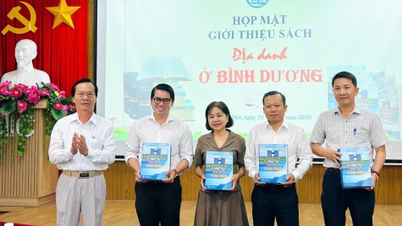
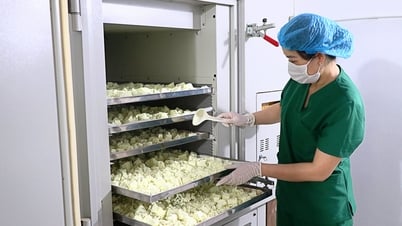










Comment (0)